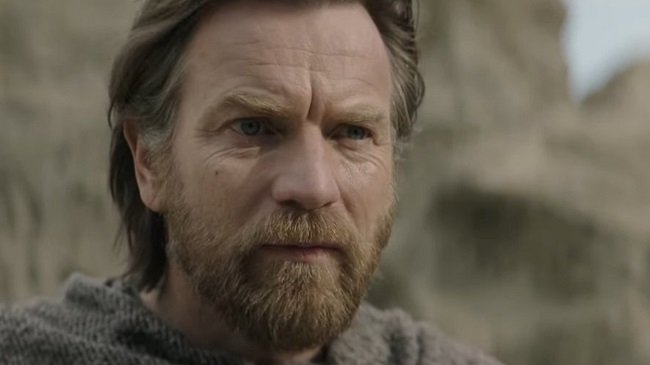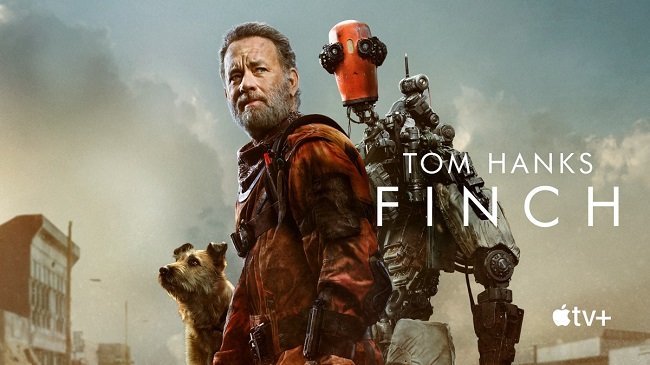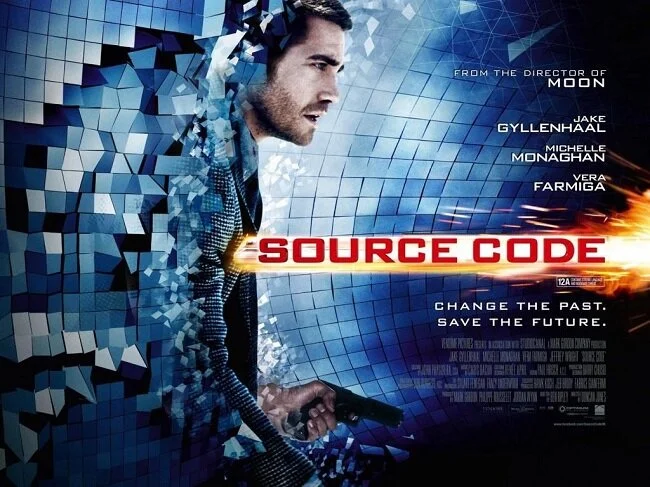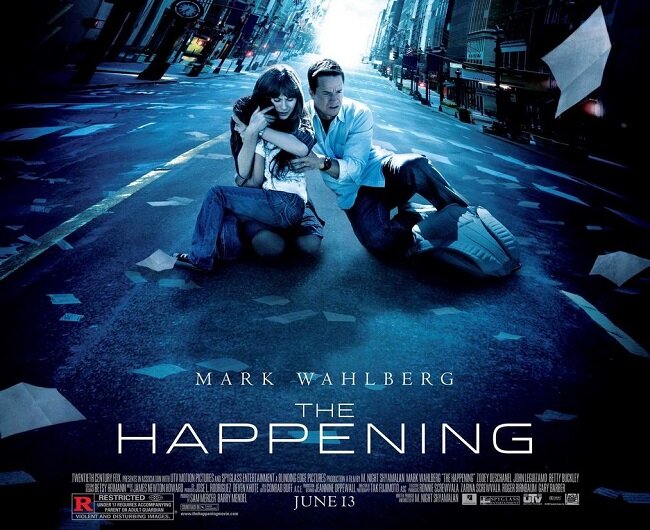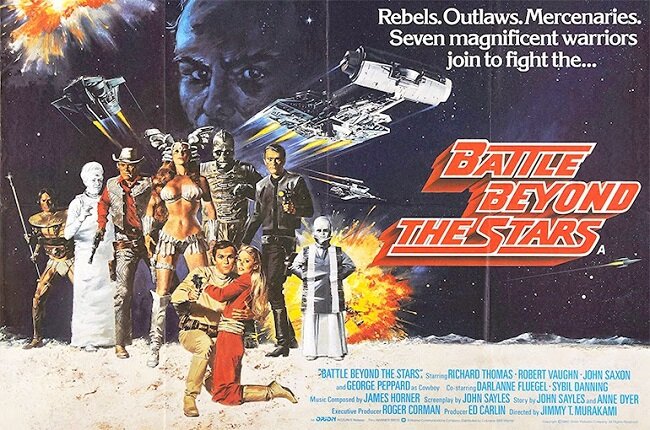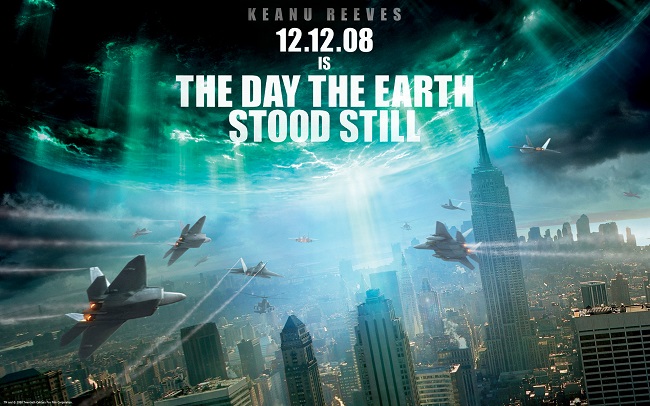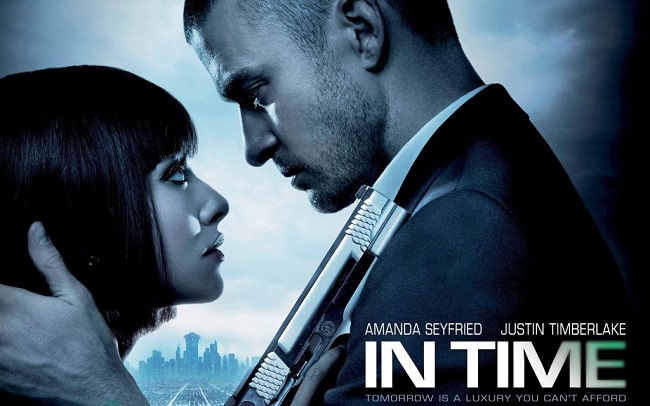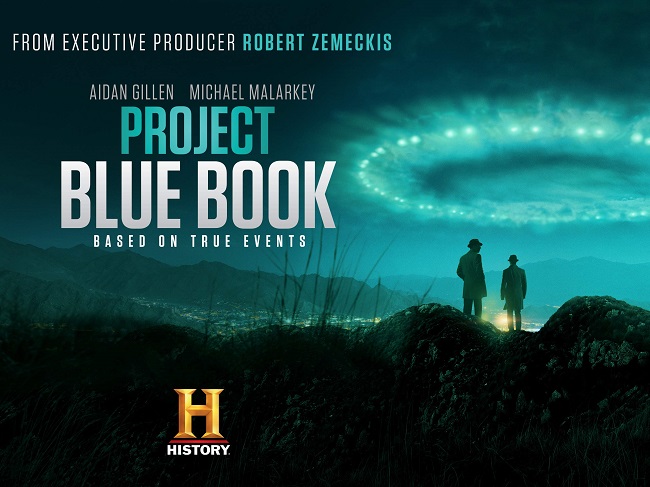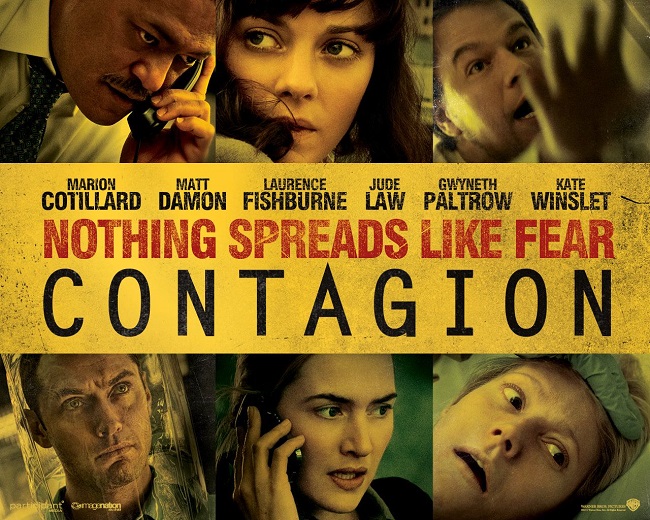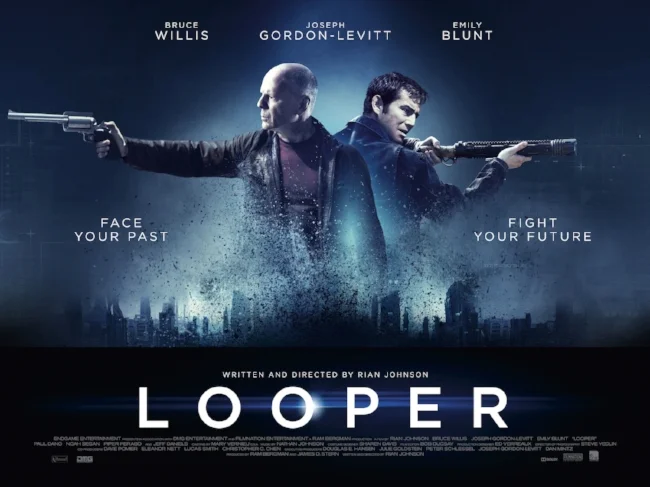Phase IV (1974)
Every now and then, a mainstream film studio employs an artisan director to helm some sort of experimental or vanity project. The studio executives often have very little understanding of the film maker or their body of work, beyond that their artistically respected by their peers. Hence there is the corporate hope that the resulting production will be both critically acclaimed and financially successful. However, what all too often happens is that the said director goes off and indulges themselves, or simply does what they’re hired to do and delivers a finished picture that is beyond the intellectual horizons of the studio. Sphincter’s subsequently tighten among executives; the director is denied final cut and the film is taken a way and re-edited in the hope of rendering it more commercially viable. In the worse cases, a second director is brought onboard and new material shot in the hope of “saving” the picture. The net result is usually acrimony among all involved parties and a film that fails to make its money back at the box office.
Phase IV is a textbook example of this phenomenon. It’s a cerebral science fiction movie with the emphasis on plot and the big ideas that underpin it. There are no major action driven set pieces, tempestuous romances or excessive sex and violence. It has a somewhat clinical setting, matter of fact performances by the two leads and the wider theme about next stage in human evolution has a lot in common with Kubrick’s 2001: A Space Odyssey. Plus the film originally ended with an experimental montage that depicts the next stages in human and myrmecine symbiosis. Needless to say this was the final straw for the studio who had already gotten cold feet. The montage was edited out and Phase IV was given a limited release and arbitrarily marketed as a “creature feature” which it patently is not. The film died at the box office and has only in recent years found the audience that it deserves, through showings at film festivals and broadcast on stations favoured by movie enthusiasts.
The creative talent behind Phase IV was Saul Bass. Bass is best known as a graphic designer who created numerous classic motion-picture title sequences, film posters, and corporate logos. During his career he collaborated with such cinematic luminaries as Alfred Hitchcock, Otto Preminger, Billy Wilder, Stanley Kubrick and Martin Scorsese. After acting as a “visual consultant” on pictures such as Spartacus and dabbling in short film making, it was inevitable that Bass would want to turn his hand to a full-length motion picture. Paramount Pictures, seeing an opportunity offered him a deal and Bass set about developing Phase IV. Being an artist first and foremost, Bass was not going to produce an arbitrary science fiction movie. He saw a much greater potential in Mayo Simon’s screenplay and instead decided to explore much deeper themes, other than the basic man versus nature premise.
The film starts with an unspecific stellar event, which visually implies some sort of alignment of celestial bodies and the release of some form of energy. Scientists theorise upon the consequences of these events. Dr. Ernest D. Hubbs (Nigel Davenport), notices a rapid change in ant activities in the Arizona desert. It would appear that all-natural predators of ants in the immediate area have mysteriously died and that multiple species of ants are co-operating instead of fighting. Furthermore, they have built several large, geometrically intricate towers, instead of their traditional mounds. This unusual behaviour generates both concern and curiosity among the scientific community, who fund Dr Hubbs to research the matter further. A computerised laboratory is established close to the ant towers and fellow scientist and cryptologist James Lesko (Michael Murphy) joins Hubbs as he aggressively investigates the ant’s behaviour.
In many ways the real star of Phase IV is wildlife photographer the Ken Middleham, who shot the insect sequences. Nowadays such material would more than likely be computer generated but back in 1974, these things were done the hard way. And so we get intricate shots inside of the ant’s nest and later on it the film, of the ants crawling around inside the computer equipment and air conditioning units in Hubb’s laboratory. By forming chains they deliberately short out equipment. Middleham cleverly focuses on noticeably different types of ants so they can be clearly identified by the audience, making several key characters in the proceedings. Because the subject matter is handled in an intelligent manner, the idea of a hive mind remains credible. The concept of a queen ant that ingests the very toxins designed to kill her so she can breed a new generation that are immune, is quite disturbing and atmospherically handled. The film also has an eerie electronic score by Brian Gascoigne which enhances the off-kilter mood.
Phase IV was the first and last feature film to be made by Saul Bass. He returned to his regular line of work after this project. The poor marketing, studio interference and meant that the film simply didn’t find the right audience. The US theatrical poster clearly shows an attempt to sell this thoughtful and well-crafted film as a monster movie. Those who paid expecting a more violent version of The Naked Jungle must have been bitterly disappointed. However, in more recent years the film has been re-evaluated by critics, especially since the director’s death. In 2012 the missing end montage was found, remastered and shown along with the theatrical print at several US film festivals. Perhaps it may be re-integrated into the film at some point in the future for Blu-ray release. Phase IV will certainly be of interest to those with a passion for obscure and more intellectually driven film making. Comparable films are seldom made by big studios these days and when they are, still often share the same fate.



